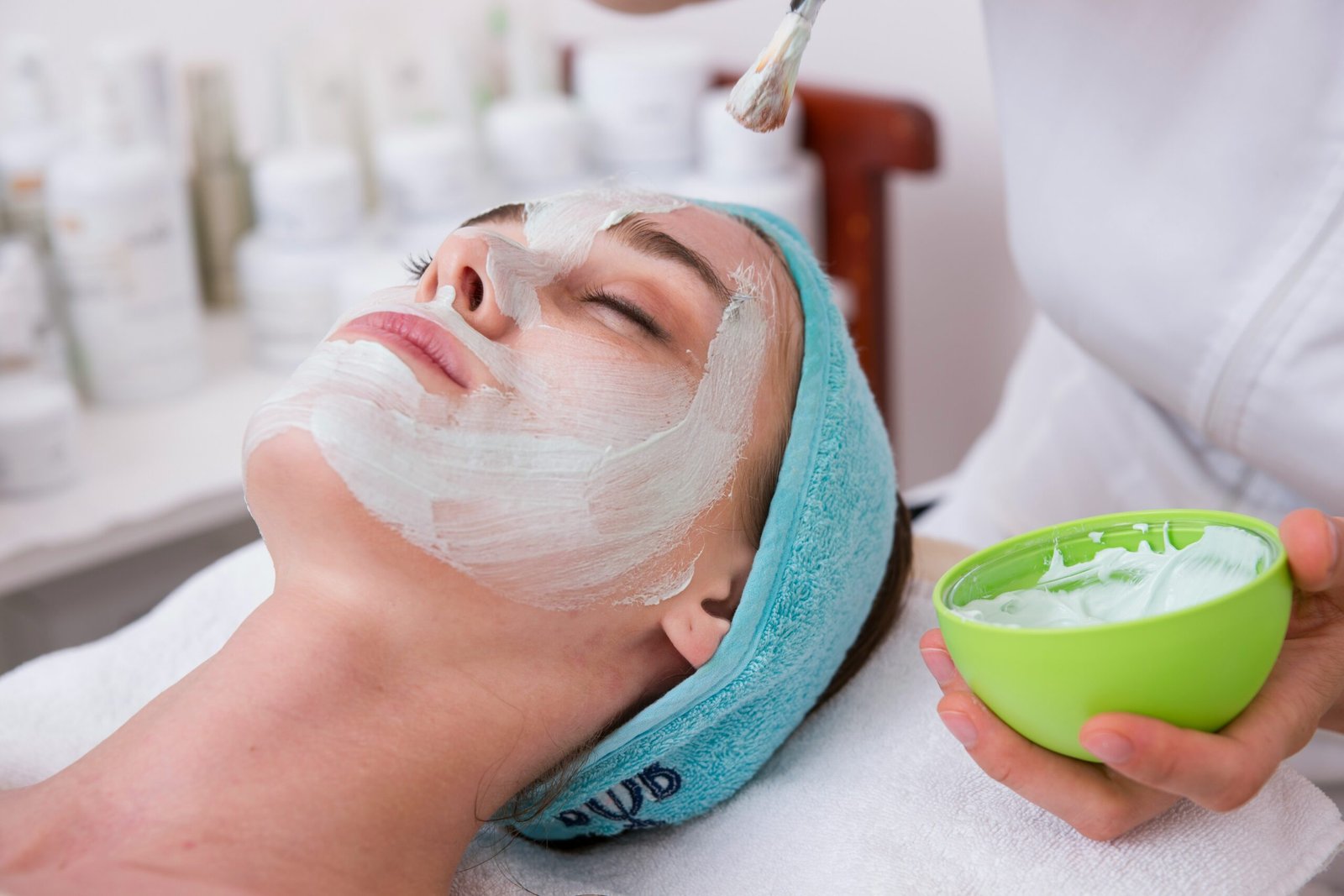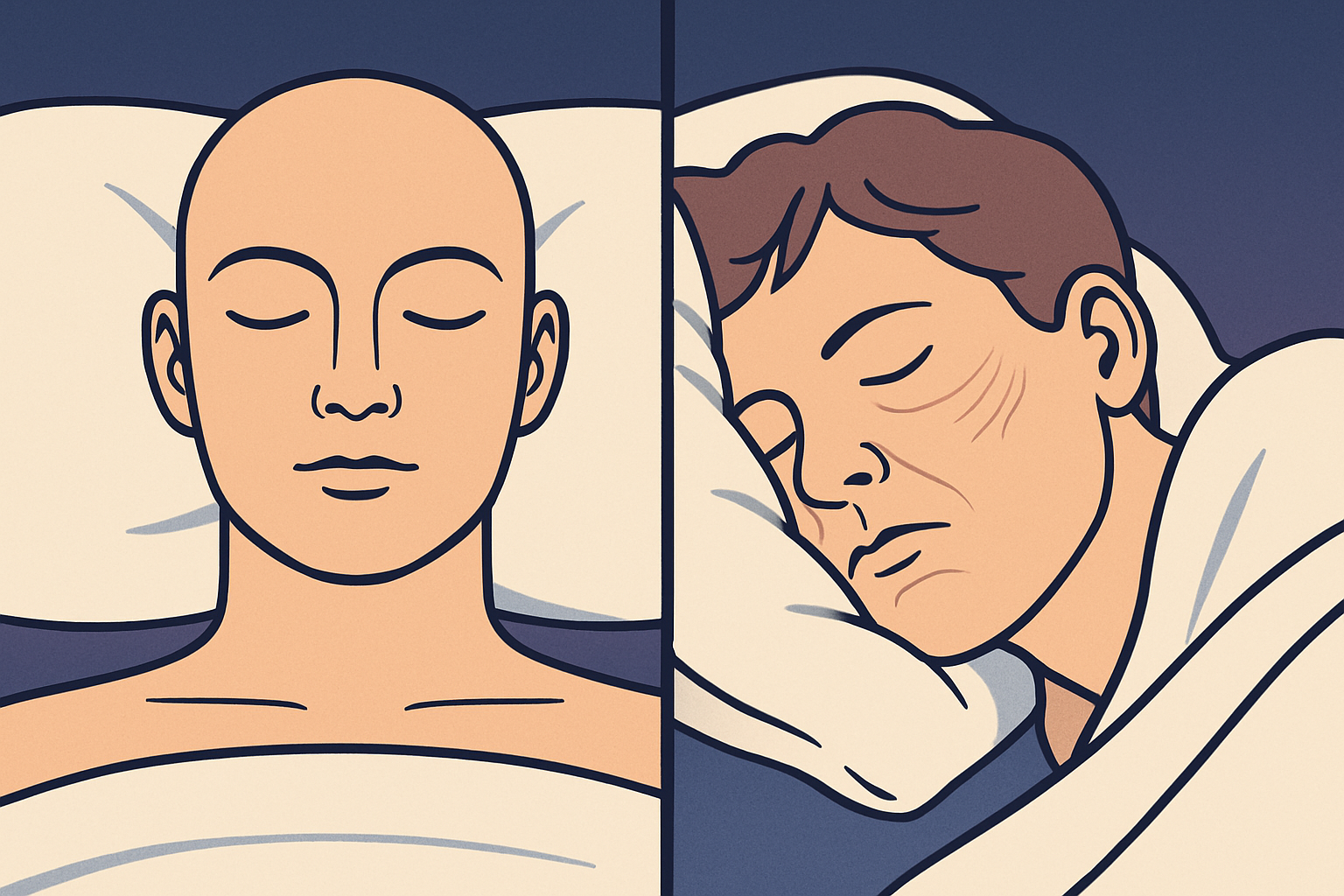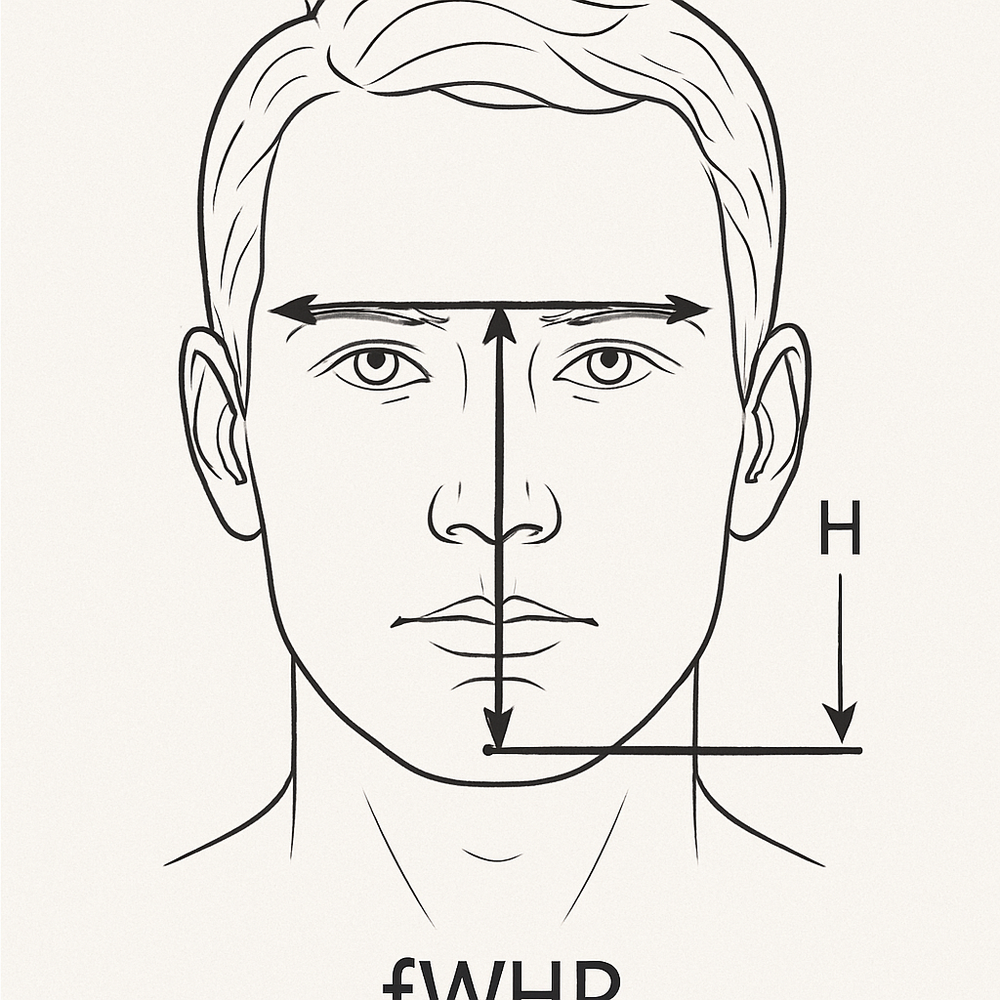When it comes to skincare, understanding the different types of pores on your face is essential. Pores play a crucial role in maintaining healthy skin, but they can also be a source of frustration for many. In this article, we will delve into the details of the various types of pores and how to care for them.
1. Sweat Pores
Sweat pores, also known as eccrine glands, are the tiniest pores on your face. They are responsible for regulating body temperature by secreting sweat. Sweat pores are found all over your body, including your face. These pores are typically not visible to the naked eye and are essential for maintaining the skin’s moisture balance.
2. Oil Pores
Oil pores, also known as sebaceous glands, are larger than sweat pores and produce sebum, an oily substance that lubricates and protects the skin. These pores are more prominent on the face, especially in the T-zone (forehead, nose, and chin). When the production of sebum is excessive, it can lead to oily skin and clogged pores.
3. Hair Follicles
Hair follicles are tiny openings in the skin from which hair grows. Each hair follicle is connected to a sebaceous gland, which produces sebum. These pores are most visible on areas with hair, such as the scalp, eyebrows, and eyelashes. Caring for hair follicles involves keeping them clean and free from debris to prevent blockages.
4. Blackheads and Whiteheads
Blackheads and whiteheads are a common concern for many people. They occur when pores become clogged with a combination of dead skin cells, oil, and bacteria. Blackheads are open comedones that appear black due to oxidation, while whiteheads are closed comedones that appear as small white bumps on the skin’s surface. Proper cleansing and exfoliation can help prevent and treat these types of blemishes.
5. Enlarged Pores
Enlarged pores are a cosmetic concern for many individuals. They can be caused by various factors, including genetics, age, excessive sebum production, and sun damage. While it is not possible to permanently shrink pore size, there are steps you can take to minimize their appearance. Regular exfoliation, using non-comedogenic skincare products, and protecting your skin from sun damage can help reduce the appearance of enlarged pores.
6. Pore Strips and Pore Vacuum
Pore strips and pore vacuums are popular products that claim to remove blackheads and unclog pores. However, it’s important to approach these products with caution. Pore strips can temporarily remove the surface layer of blackheads, but they do not address the underlying cause. Pore vacuums, on the other hand, can cause skin irritation and should be used with care. It is always best to consult with a dermatologist before using such products.
7. Proper Pore Care
Proper pore care is essential for maintaining healthy skin. Here are some tips to keep your pores in good condition:
- Cleanse your face twice a day with a gentle cleanser to remove dirt, oil, and impurities.
- Exfoliate regularly to remove dead skin cells and unclog pores.
- Avoid using harsh or abrasive scrubs that can irritate the skin.
- Use non-comedogenic skincare products to prevent pore blockage.
- Protect your skin from the sun by wearing sunscreen daily.
- Avoid touching your face excessively, as it can transfer dirt and bacteria to your pores.
- Consider professional treatments such as chemical peels or microdermabrasion to improve the appearance of your pores.
Remember, everyone’s skin is unique, and what works for one person may not work for another. It’s essential to listen to your skin and consult with a dermatologist if you have specific concerns about your pores.
In conclusion, understanding the different types of pores on your face is crucial for maintaining healthy skin. By knowing how to care for each type of pore and adopting a consistent skincare routine, you can achieve a clearer, smoother complexion.




